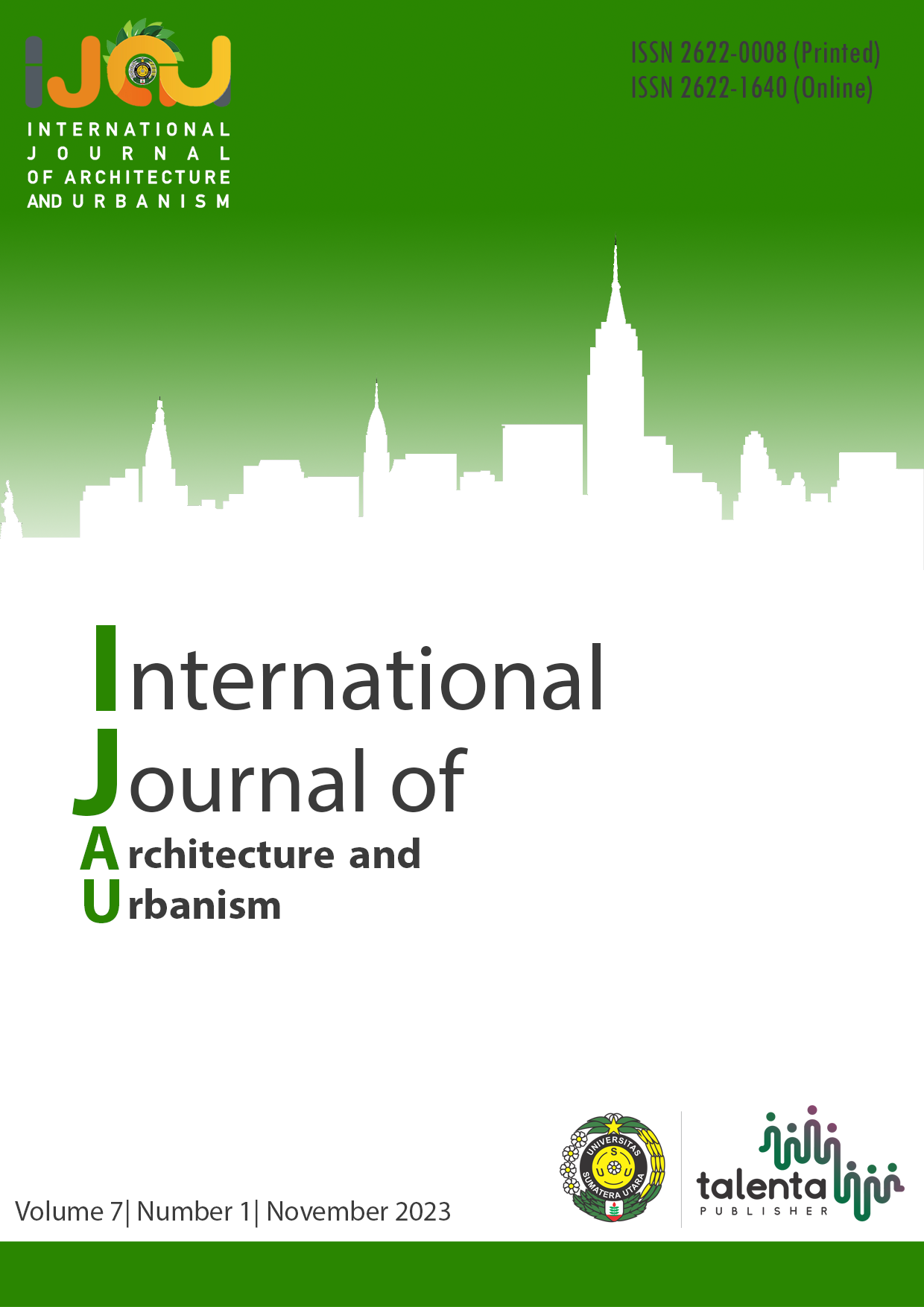An Appraisal of Double Skin Facade in Building Design: Architectural Intervention and Sustainability
DOI:
https://doi.org/10.32734/ijau.v7i1.11760Keywords:
architecture, climatic, double-skin facade, energy, sustainabilityAbstract
One of the key issues in twentieth-century architecture is the energy problem and daily rise in environmental pollution brought on by the creation of greenhouse gases, particularly in the construction industry. The purpose of the research that follows is to investigate how well buildings heat up while also updating double-skinned facades to ensure thermal comfort for the residents while using the least amount of energy possible. The thoughtful design of a building's exterior is one of the most crucial ways to conserve energy in that structure. The finest choice for controlling the interplay between the interior and exterior spaces is a ‘double-skin facade’. Double-skin facades have been used more frequently recently to increase transparency in both building renovations and new construction. Although glare issues may worsen, double-skin facades improve lighting levels and the outside view. When comparing a typical glass facade to one with an additional layer of glazing, it is possible to reduce heat loss and outside noise. A very critical concern appears to be the protection of external solar shading devices against wind and deterioration. This paper reviews and discusses the earlier research on double-skin building facade systems. The evaluation of a double-skin facade system for long-term building envelope or infrastructure development is the main theme of the paper.
Downloads
Downloads
Published
How to Cite
Issue
Section
License
Copyright (c) 2023 International Journal of Architecture and Urbanism

This work is licensed under a Creative Commons Attribution-ShareAlike 4.0 International License.


.png)










